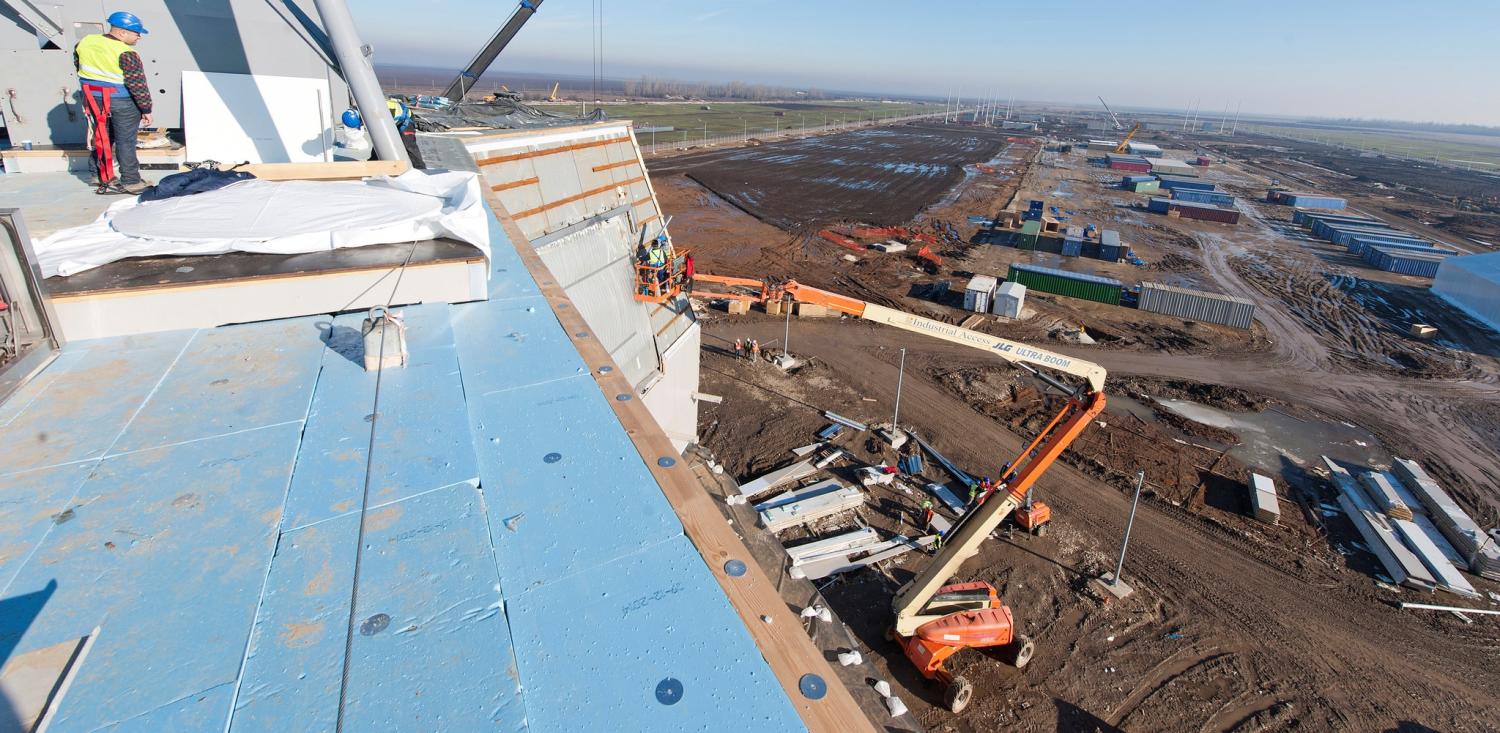Late last year in Australia, there was sudden interest shown in ballistic missile defence (BMD). Although the driver was North Korea’s missile testing, the real issue is China.
China’s latest ballistic missiles, combined with its new island bases, are steadily undercutting Australia’s ability to defend itself without relying on foreign combat forces. Our four decades–long defence policy of self-reliance is in danger. China is altering the local strategic balance, and Australia’s defence force structure may need to change in response.
Before proceeding, it must be stressed that China is not a threat, which in defence planning is defined as the sum of a nation’s military capabilities and its intent. But China is taking deliberate, long-term measures to significantly improve its military capabilities in our region, including by building six new islands in the South China Sea. Intent, of course, can change overnight.
China’s People’s Liberation Army Rocket Force is the world’s largest, with some 2000 ballistic missiles available for attacking well-defended land and maritime targets. Many are solid-fuelled missiles with road-mobile launchers, able to be readily transported by ship.
Beijing’s new South China Sea bases are some 2–3 days’ sailing time from the Chinese mainland. Three of the islands are large and include significant airfield and port facilities. As incoming US Pacific Commander Admiral Philip Davidson recently observed:
Today these forward operating bases appear complete. The only thing lacking are the deployed forces. Once occupied, China will be able to extend its influence thousands of miles to the south and project power deep into Oceania.
The main weapons of concern to Australia are the DF-21C/D medium-range and the DF-26 intermediate-range missiles. Both reportedly have land-attack and anti-ship variants.
From Chinese bases, DF-21s can reach into the Philippines and most of Malaysia, and DF-26s can extend further across the Indonesian archipelago and into West Papua. From China’s new islands in the South China Sea, DF-21s could reach Singapore, Malaysia, and most of Indonesia, while DF-26s could reach into northern Australia, including Darwin, Katherine (Tindal), and Derby (Curtin).
ADF units may be within range of DF-21 or DF-26 missiles when operating in Southeast Asia, and DF-26 missiles could reach northern Australia if deployed to the South China Sea islands.
The DF-26 is the world’s longest range conventionally armed ballistic missile (3000–4000 kilometres) and can deliver a 1200–1800 kilogram payload. It has apparently been developed principally for precision attack of distant fixed-land targets, in particular the Guam airbases and port facilities.
Plans for a second DF-26 brigade were first revealed publicly in late 2015, and the commission was made in mid-April this year. It seems likely that some 44 missiles are in service, with more being built.
The problem should not be overstated. China operates large rocket forces, but there are more important targets for them than deployed ADF units or mainland Australia. And ballistic missiles are a wasting asset. Once fired, they cannot be reused. Neither can stocks be easily replenished, given any war is likely to be short, not allowing enough time to manufacture new missiles.
Any adversary using ballistic missiles will husband them, carefully protect them from attack, and try to use them prudently. The numbers of ballistic missiles that might target ADF units is likely to be low.
However, even small numbers of these missiles could cause huge damage because they can accurately deliver a range of warheads optimised for the target being attacked, such as airbases, port facilities, or docked warships.
There are several implications for Australia.
First, while the number of missiles that threaten northern Australia is likely to be low, they may need to be countered by Australia alone. US forces are very capable, but are limited in number and may have higher priority tasking elsewhere in a time of conflict.
Successive Australian governments since the 1970s have stressed the ability to defend the continent without relying on foreign combat forces. It seems sensible for this policy to continue even in a time when non-nuclear ballistic missile threats are emerging.
Second, there are plans to modify the Navy’s three Air Warfare Destroyers (AWDs) to carry the BMD-capable SM-6 missile by late next decade. Moreover, our nine planned Future Frigates will apparently now be fitted with a similar capability.
The SM-6 missile is capable against medium-range ballistic missiles but not against intermediate-range missiles, which are too fast. The planned BMD capability is therefore unsuitable for defending northern Australia.
Third, our AWDs (but probably not our Future Frigates) could be upgraded to use the new SM-3 Block IIA missile jointly developed by the US and Japan. This missile can engage intermediate-range ballistic missiles flying in their mid-course phase beyond the atmosphere.
However, using ships as relocatable missile defence batteries poses difficulties. While the Navy will get three AWDs, it is usually only practical to deploy one ship forward at any one time.
A lower-cost BMD alternative, easier to crew and which won’t denude the Navy of scarce sea control assets, might be to acquire the Aegis Ashore system for Darwin. Effectively an AWD on land, this system is now operational in Europe, and will be operational in Japan from 2022.
The Terminal High Altitude Area Defense (THAAD) system is another viable option, although it offers a much smaller coverage area than Aegis Ashore. Two or more THAADs would be necessary to defend the Darwin/Tindal axis.
Intercepting ballistic missiles may sound like science fiction, but the threat is already present across large parts of Southeast Asia. China could make such a threat real to northern Australia within a couple of weeks. China’s new islands and latest missiles have changed our regional strategic balance.
Australia’s current plans are inadequate for present circumstances, let alone for the next decade. If we start now we may have a light BMD screen in service by 2030. If we wish to maintain our self-reliant defence posture, we need to get underway as soon as possible.

